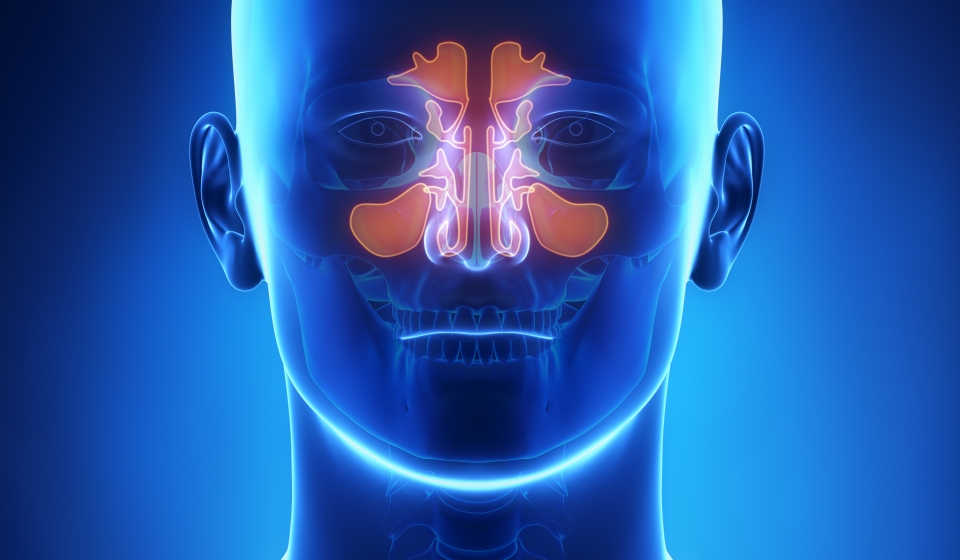The majority of research in the field of Otorhinolaryngology and Head, Neck Surgery as well as across different domains within otorhinolaryngology is completely devoted to the pursuance of high-quality, unparalleled and modern therapies for several of the pathological predicaments that come under this area. Investigation in persistent sinusitis, scalp and throat malignancy, and sleep medication are distinctive concentrations. Most preeminent scholars in this area are usually beckoned to present theme lectures and work on printing and organizational committees. The field is obtaining an important investigation drive with papers emerging in several of the most reputable publications in the area of otorhinolaryngology. Research professionals from this field also cooperate extensively with the activities of departments of Pathology, Allergy, Radiology, Immunology, and Neurology, to name a few. Prominent scholars and experts currently engaged in such research activities will be taking part in the highly-anticipated upcoming international conference in Sydney Australia, being organized by the highly reputed and renowned organization, Bioleagues .
Rise Of Multichannel Vestibular Implants
This analysis is being performed to assess the security and efficacy of a recently embedded tool to support people who have lost either the majority or all of their vestibular responses (internal ear equilibrium capacity). The vestibular portion of the internal ear sensations directs inclination and revolution throughout actions such as walking. This data stimulates responses that assist in supporting stability and support the eyes and keeping sight steady while walking. Those who have dissipated the majority of their vestibular responses in both ears often times undergo asymmetry, dizziness, anxiety wandering around in the dark without tripping, and obscured or shaky sight throughout the movement of the head. Gentamicin poisoning is one of the most usual reasons of this predicament, but there are additional problems, too. As part of this investigation, scientists are examining optic and head gestures in people who have suffered from the lack of internal ear equilibrium capacity, before and following operational embedding, activation, and removal of a modish automatic implant intended to estimate head inclination and to excite the vestibular nervure in the internal ear. This tool, the Multichannel Vestibular Implant, is similar to a cochlear implant beside the fact that it is created to record movement instead of noise and to excite a separate portion of the internal ear.
The effectiveness of the Multichannel Vestibular Implant in this analysis investigation (which will be looked at in detail at the upcoming Otolaryngology Congress in Australia, an ENT National Conference, you shouldn’t miss out on), is research-driven. This implies that the Multichannel Vestibular Implant is not recommended for retailing by the FDA (Food and Drug Administration) as of yet, although the organization is permitting the application of the Multichannel Vestibular Implant in research activities as part of a research-purpose equipment privilege. This strategy diverges from a conventional clinical trial for mutual destruction of vestibular response in that it includes operational embedding of an electric stimulator. This is the primary instance of the Multichannel Vestibular Implant being applied in people. Versions of it have earlier been examined in mammals. Most research in this area, make usage of this implant in just one ear.




